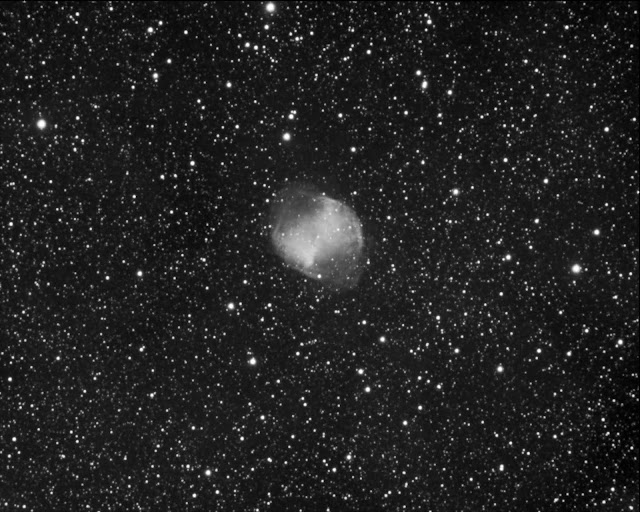Against stellar distancing - Astrocusanus goes remote!
After a gap year our students' astronomy group is back in business!
It is true, the hassle of the Covid pandemic has thwarted even our keenest and most devoted members for a while. However, the halt was only temporary and now, in the midst of the second wave, we have successfully overcome the painful 'stellar distancing'.
You ask how we managed to do so, although the curfew hooks its cruel claws still into us? We went remote!
Ever since its installation we have kindly been allowed to use the observatory 'torretta' on the roof of our neighboring school 'Istitituto Plurocomprensivo Brunico', an opportunity for which we are infinitely grateful. So far we have only used it occasionally for lunar and solar observations, now are attempting our first dives into deep space.
Ok, to be honest the observatory is (not yet) fully remote. There are still many hurdles to overcome and at the moment the presence of an on-duty engineer (me... 😉 ) is indispensable. However, the first results are very promising and we proudly present them here!
 |
| Fig. 2: The Dumbbell nebula in the constellation Vulpecula. Some time ago a dying star expelled its outer layers, forming this blurry object. Image by Johannes Rubner and Martin Unterhuber (4aR) |
 |
| Fig. 4: The Helix nebula, another stellar remnant in the constellation Aquarius. Image by Maximilian Komar (5eR) |
As you may have noticed up to now we only capture images in black and white. The reason for this limitation is the poor performance of the telescope optics at blue wavelenghts.
But we are working on that! 💪
So stay tuned!
Christof Wiedemair






Kommentare
Kommentar veröffentlichen